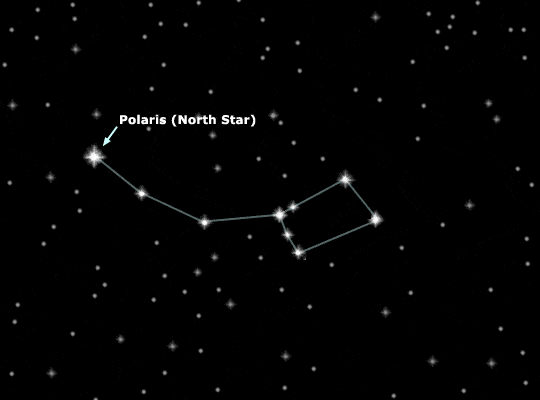The North Star (or Pole Star) has been a guiding light for generations of navigators. But a new study conducted on it claims that the distance from the star to Earth has been grossly overestimated – by 30 percent, actually.
Polaris is about 323 light-years away from our solar system, an international team explained, 30 percent closer than previous estimates. Using Russia’s 6-Meter Telescope, the researchers were able to calculate the North Star’s distance from our solar system by studying its light spectrum; they also obtained data on its temperature and changes in brightness over time.
The research casts quite a big shadow on what was considered to be one of the Hipparcos satellite’s most solid results, said study leader David Turner, an astronomer at Saint Mary’s University in Halifax, Nova Scotia; of course, other results from the same source are also pretty doubtful at the moment.
The North Star is probably the most known star on the night sky; it rose to fame due to the fact that it has an almost fixed position in the sky for observers from the Northern Hemisphere – while others stars appear to rotate it around it.
The study also highlighted some unexpected results: nearly a half dozen stars that appear to be surrounding the North Star, probably once belonging to the same star cluster – now dispersed.
“This system is known to contain two other stars in addition to the Cepheid stars, but there may be yet another unseen object orbiting Polaris … a massive orbiting planet for example,” he added. “There definitely remain a few oddities to keep Polaris an object of study for many years to come.”



